Sofa moulds Manufacturers
Sofa molds are used to produce modular, weather-resistant plastic sofa parts, and are suitable for courtyards, balconies and vacation places.
Sofa molds support mass production, paying attention to product comfort and structural safety. The surface of the mold can be designed with decorative effects such as rattan weaving and wood grain, and can achieve a beautiful appearance without secondary processing.
-
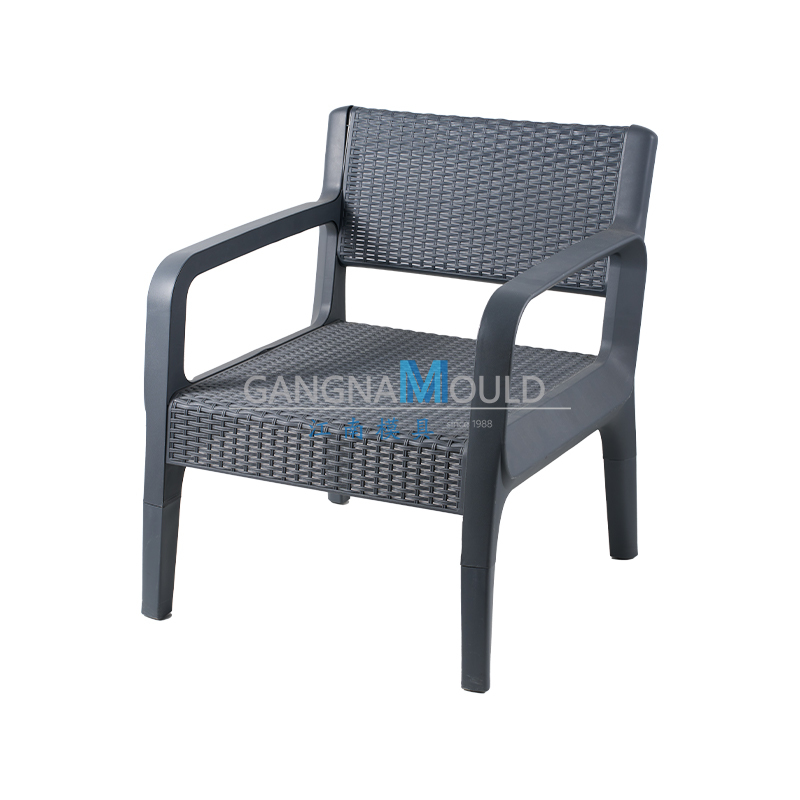
JN-614 Imitation rattan sofa mold
Contact Us -
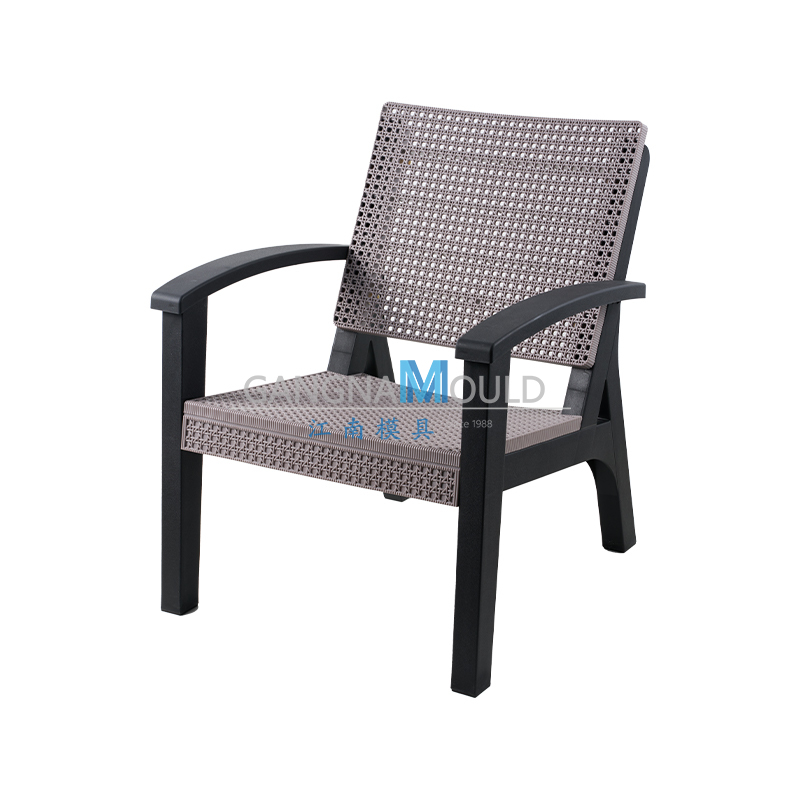
JN-616 Imitation rattan sofa mold
Contact Us -
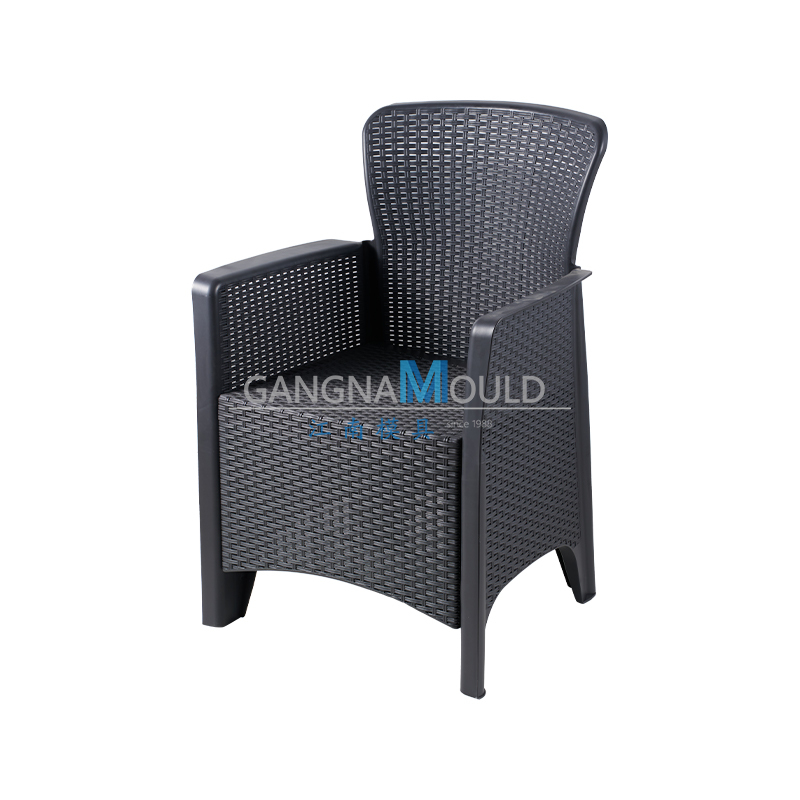
JN-617 Imitation rattan sofa mold
Contact Us -
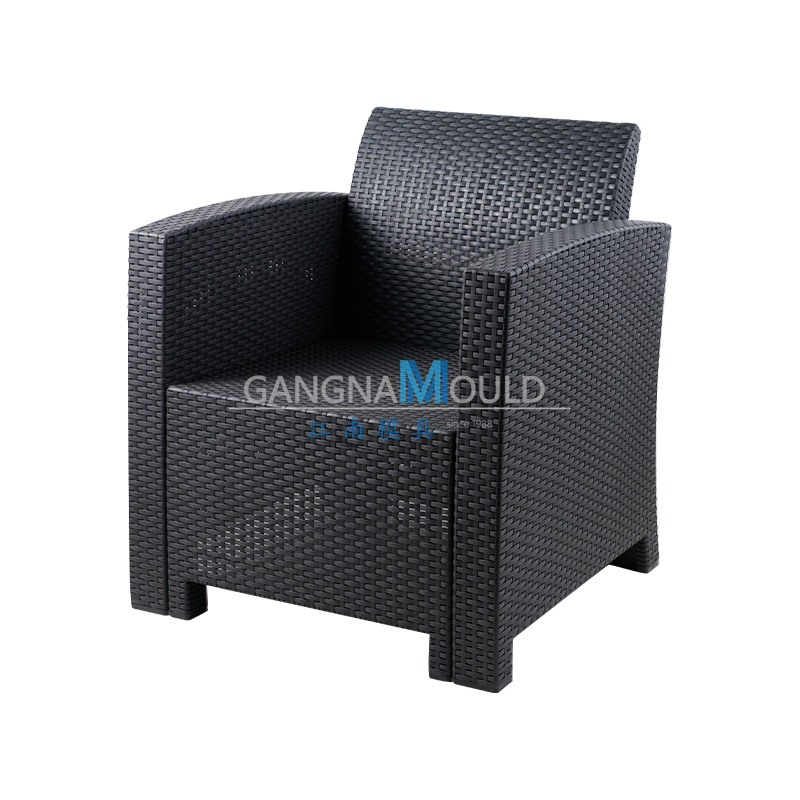
JN-615 Imitation rattan sofa mold
Contact Us -
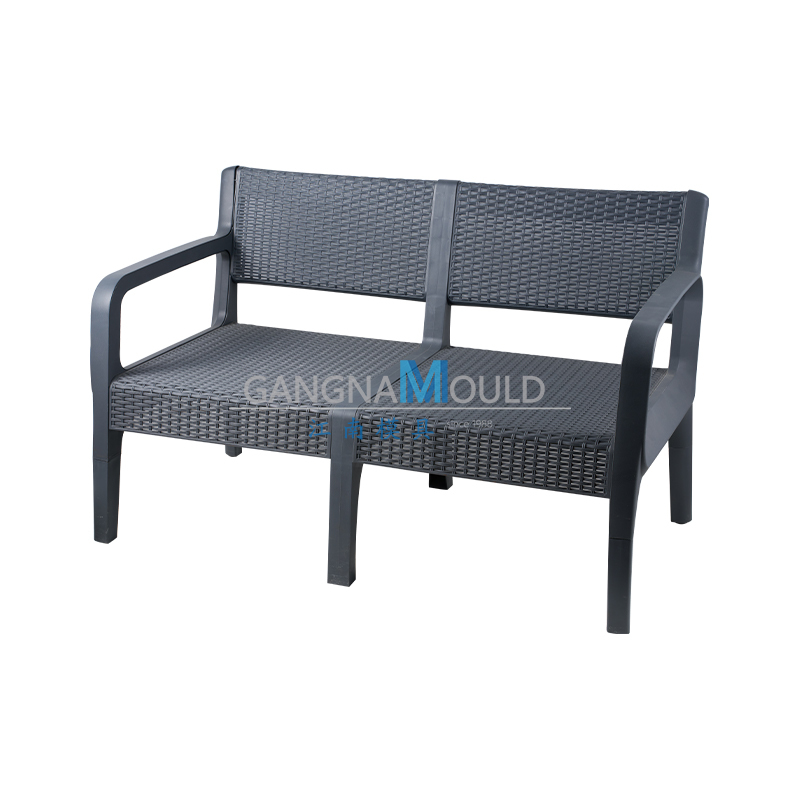
JN-619 Imitation rattan garden sofa injection mold
Contact Us -
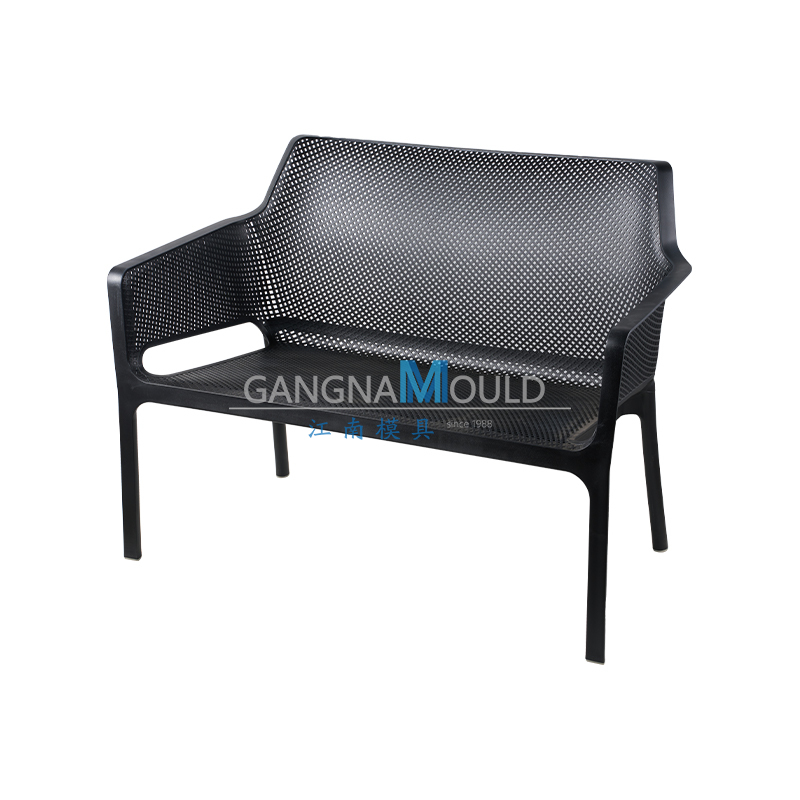
JN-620 Imitation rattan garden sofa injection mold
Contact Us -
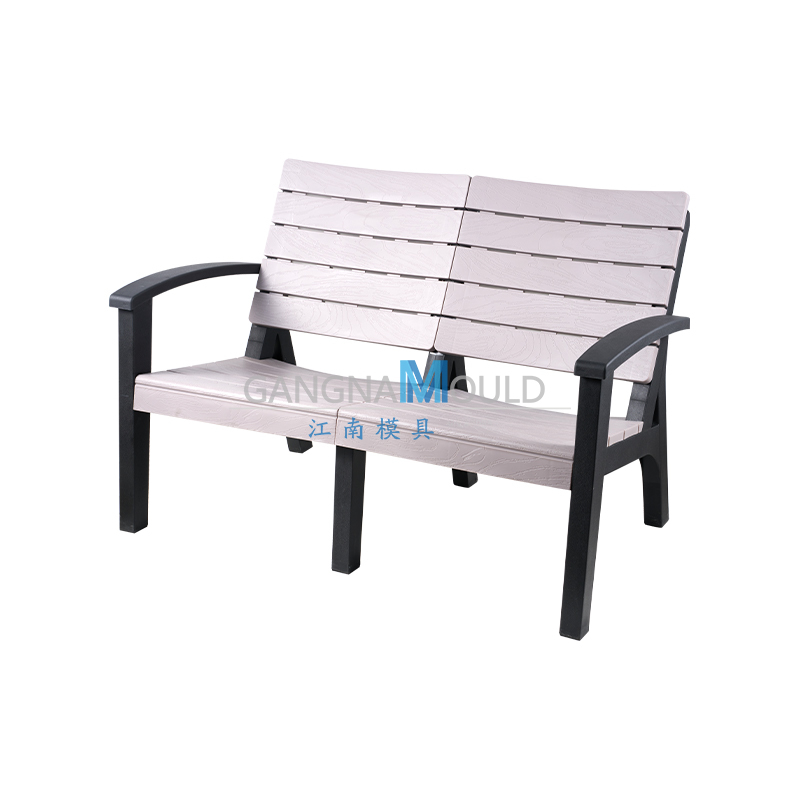
JN-623 Imitation rattan garden sofa injection mold
Contact Us -
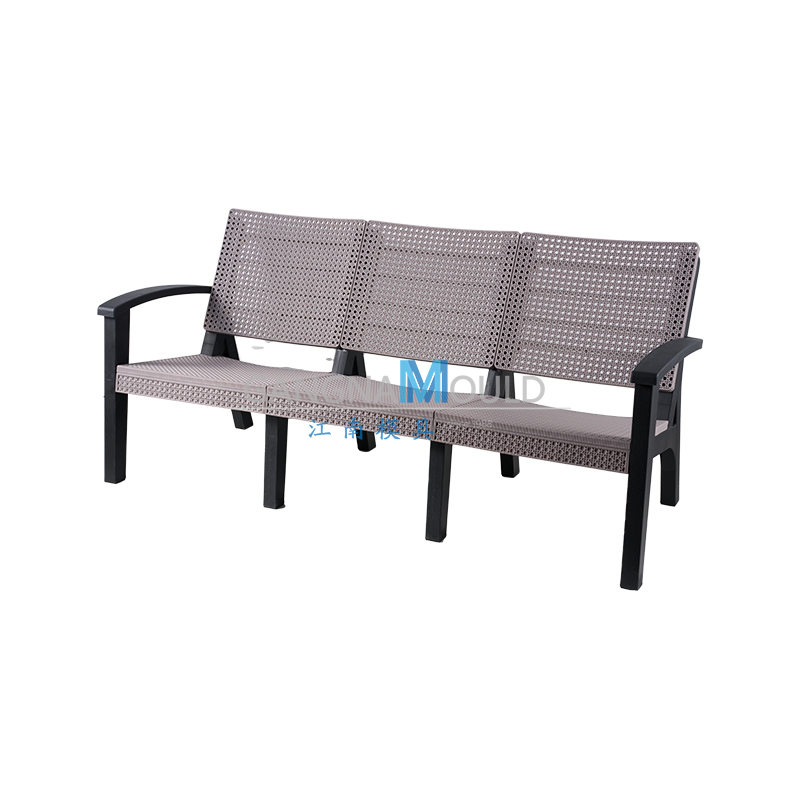
JN-621 Imitation rattan garden sofa injection mold
Contact Us -
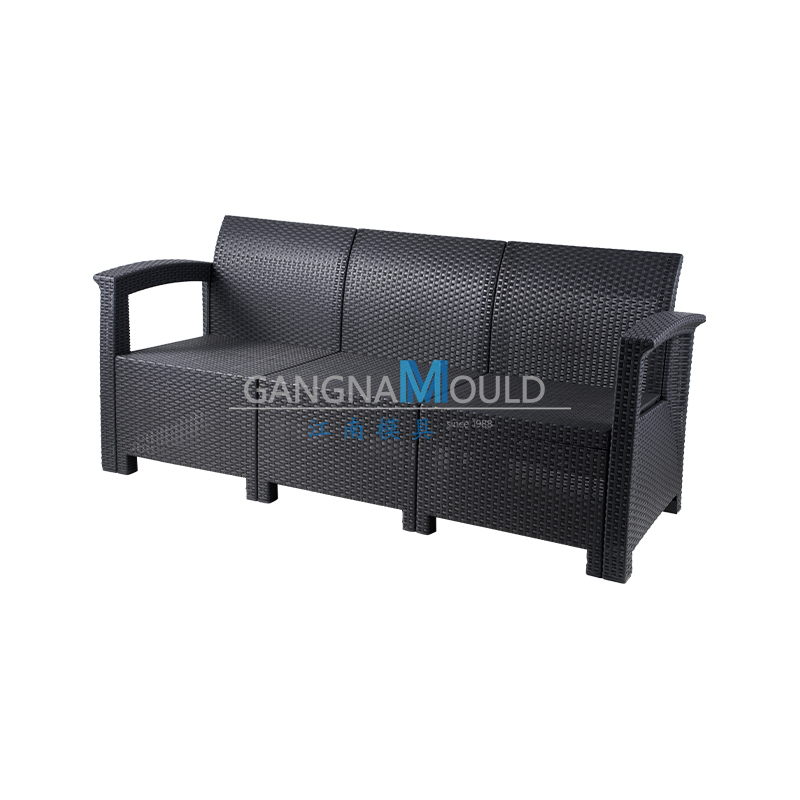
JN-622 Imitation rattan garden sofa injection mold
Contact Us -
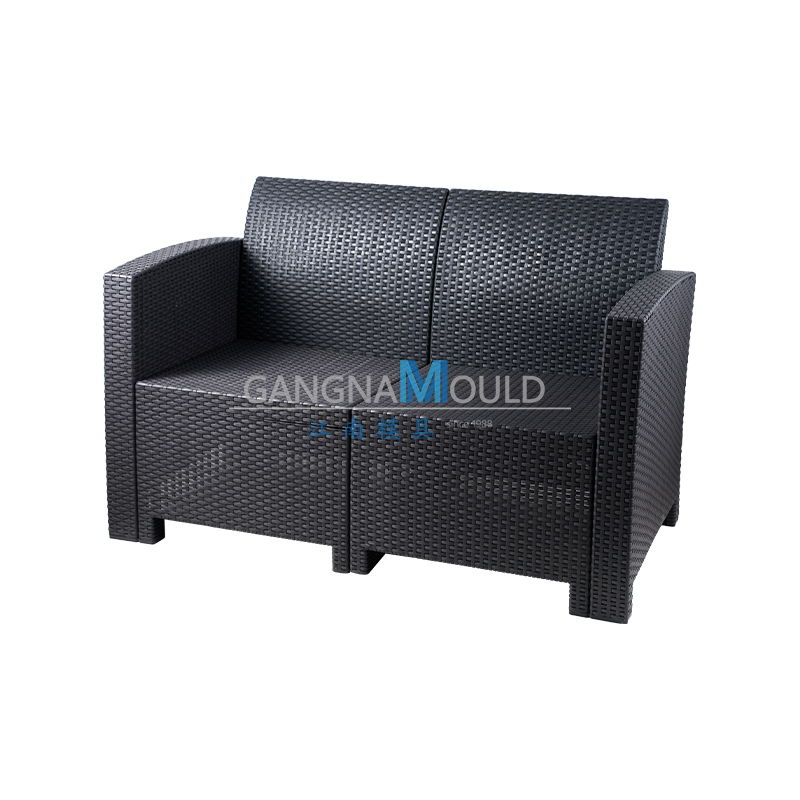
JN-618 Imitation rattan garden sofa injection mold
Contact Us -
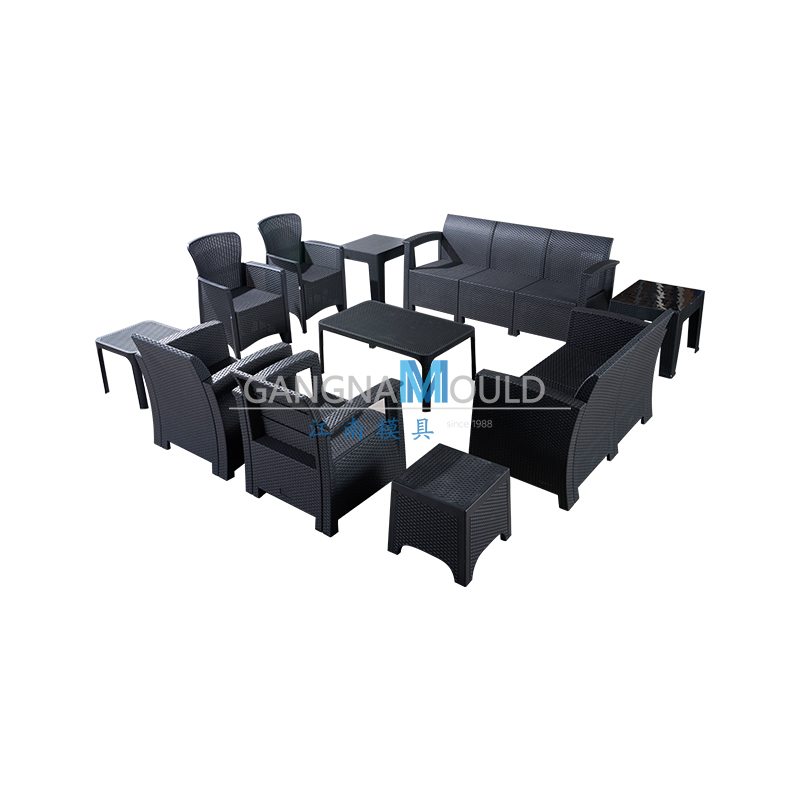
JN-624 Outdoor imitation rattan sofa table and chair set injection mold
Contact Us -
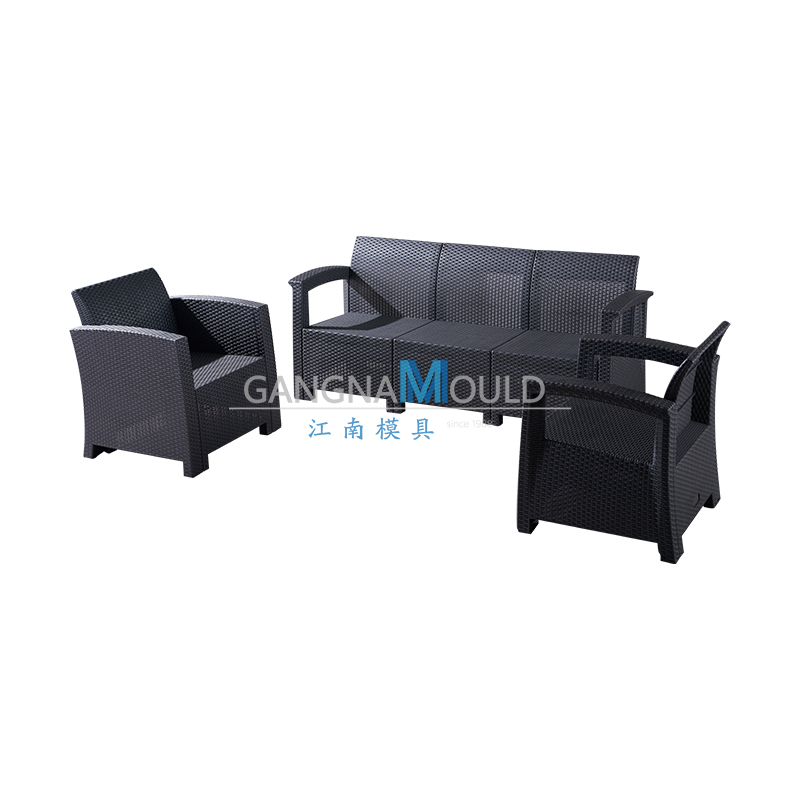
JN-625 Outdoor imitation rattan sofa table and chair set injection mold
Contact Us -
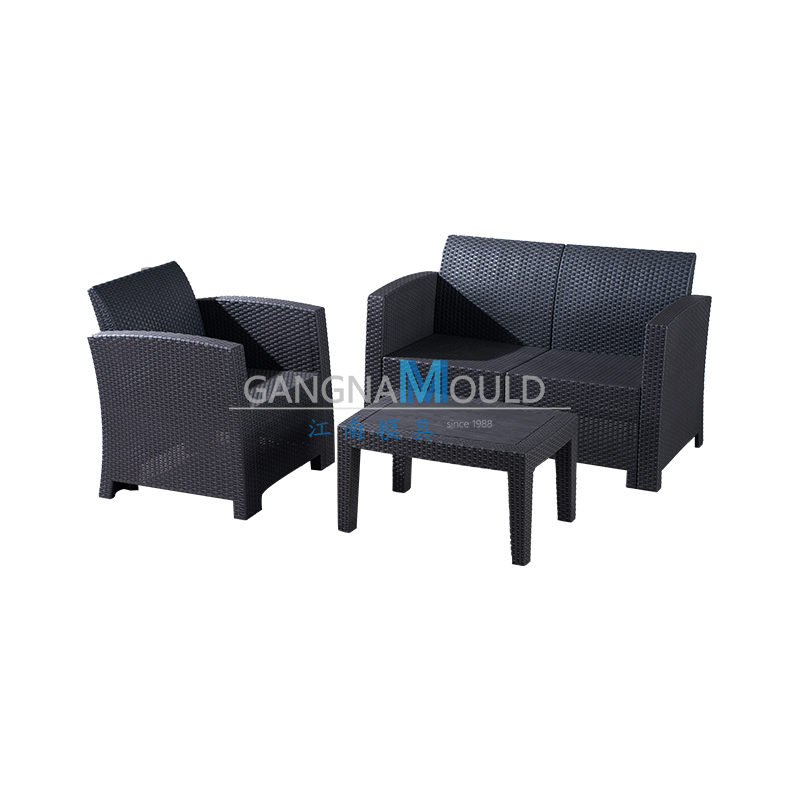
JN-626 Outdoor imitation rattan sofa table and chair set injection mold
Contact Us -
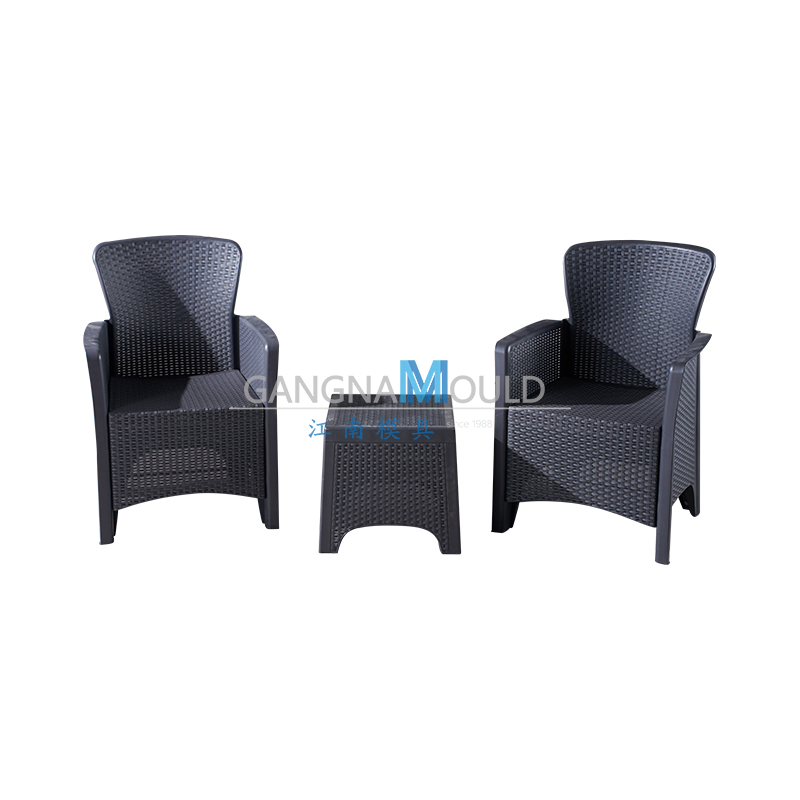
JN-627 Outdoor imitation rattan sofa table and chair set injection mold
Contact Us -
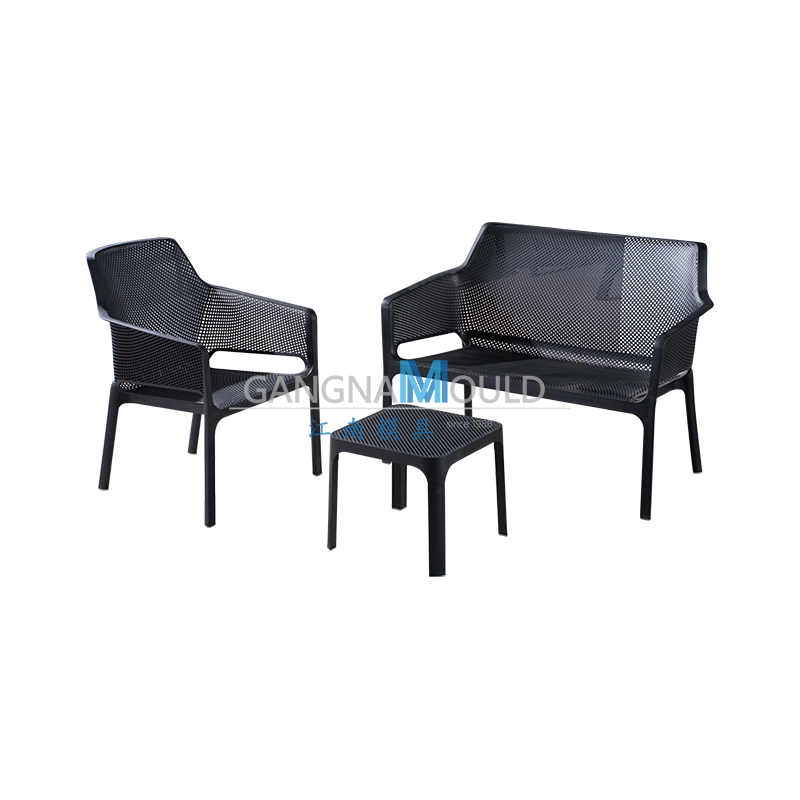
JN-628 Outdoor imitation rattan sofa table and chair set injection mold
Contact Us -
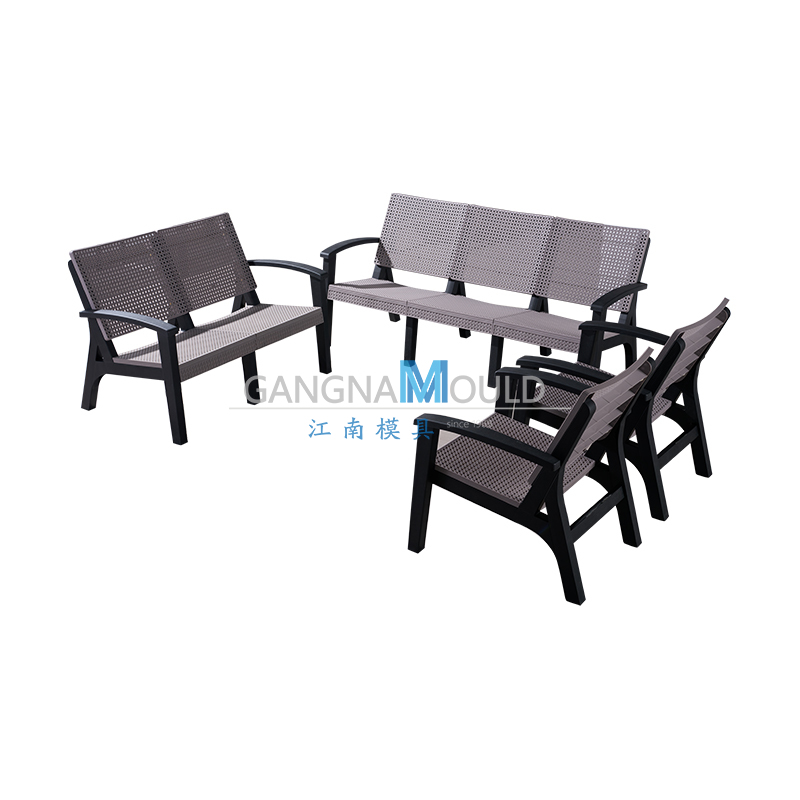
JN-629 Outdoor imitation rattan sofa table and chair set injection mold
Contact Us
ABOUT GANGNAM MOULD
At Gangnam Mould, we specialise in the R&D and manufacturing of high-precision moulds. We design and produce plastic moulds for a variety of everyday items, logistics packaging (such as trays and turnover boxes), household appliances, and hollow blow moulding.
Thanks to our advanced technology and extensive experience, we are able to provide efficient and reliable mould solutions to customers around the world, helping them to improve productivity and market competitiveness.
Gangnam Mould now complies with ISO 9001:2015 QMS and looks forward to building long-lasting business relationships with clients and suppliers worldwide.
- 1000+ successfully executed projects.
- Excellent product quality and thoughtful customer service.
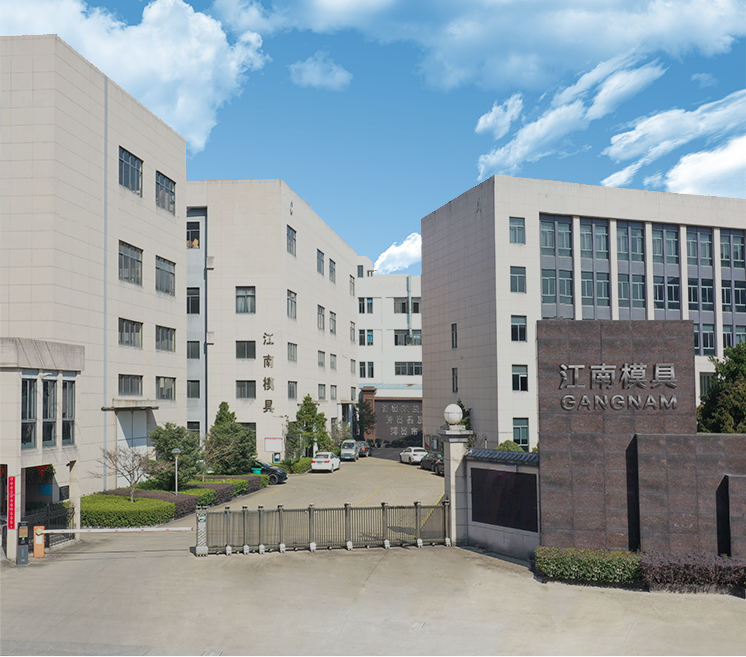
Our 37 years of customization experience has created a Gangnam-Mould brand value.
Our Proven Management System & Our Professional R&D Strength
Committed to ISO 9001 standards and a customer-centric approach, the company has built a comprehensive mold R&D and manufacturing platform, earning the trust of leading clients across industries — a true hidden champion in the field.
-

Certificate
-

Certificate
-

Certificate
News & Blogs
Industry knowledge
Sofa mold is a specialized tool used to produce plastic or composite components for sofas, including frames, armrests, and decorative elements. It shapes thermoplastics such as polypropylene, polyethylene, or ABS into precise forms with smooth surfaces and consistent dimensions. Typically made from steel or aluminum, sofa molds are designed for repeated use under controlled temperature and pressure.
Outdoor Sofa Mould Design and Production Process
Outdoor sofa moulds are specialized tools used in the production of plastic or composite sofa components designed for exterior environments. These moulds shape materials such as polypropylene, polyethylene, or other durable thermoplastics into seats, backs, legs, and armrests. The goal is to create components that are resistant to moisture, sunlight, and temperature changes while maintaining a consistent shape and smooth surface finish.
The design of outdoor sofa moulds focuses on factors such as wall thickness, cooling channels, gate placement, and shrinkage allowances. Proper consideration of these parameters ensures even material flow, reduces warping, and preserves the structural integrity of the sofa components. Molds are generally constructed from steel or aluminum to withstand repeated cycles of injection or compression under high temperatures and pressures. Polished cavity surfaces and precise tolerances help achieve consistent quality and appearance in every piece produced.
Using outdoor sofa moulds allows manufacturers to efficiently produce large volumes of components while maintaining uniform dimensions and surface quality. These moulds also provide flexibility for creating ergonomic designs and decorative textures, such as woven patterns or contoured seating surfaces. Regular maintenance, including cleaning, inspection, and lubrication, extends the operational life of the moulds and ensures stable production.
Overall, outdoor sofa moulds combine precision engineering with material suitability to produce components that are durable, visually appealing, and comfortable. They play a crucial role in enabling the efficient manufacture of outdoor furniture suitable for gardens, patios, terraces, and other exterior spaces.
Home Sofa Mold Maintenance and Efficiency Recommendations
Home sofa molds are essential tools in the manufacturing of indoor sofa components, including frames, armrests, backs, and support structures. They shape thermoplastics or composite materials into precise forms that combine comfort, stability, and aesthetic appeal. Materials such as polypropylene, polyethylene, or ABS are commonly used for their ease of molding and structural reliability.
Designing a home sofa mold requires attention to wall thickness, gate location, cooling system, and ejection mechanisms to ensure smooth material flow and consistent dimensions. Proper mold design reduces the risk of defects such as surface imgoodions or deformation and ensures that all parts fit together accurately during assembly. Molds are usually made from steel or aluminum to endure repeated cycles under controlled pressure and temperature. Polished cavities and precise tolerances maintain uniformity in both appearance and performance.
Home sofa molds allow manufacturers to produce complex shapes and ergonomic designs for residential furniture efficiently. They also support creative features such as contoured seating surfaces, decorative patterns, or integrated support elements. Regular maintenance, including cleaning, inspection, and lubrication, is necessary to prolong mold life and ensure reliable output over time.
In summary, home sofa molds provide a practical and reliable solution for producing durable, comfortable, and visually appealing sofa components. They enable consistent quality, efficient production, and adaptability to various design requirements for indoor furniture.



 English
English русский
русский Español
Español Français
Français عربى
عربى 简体中文
简体中文


